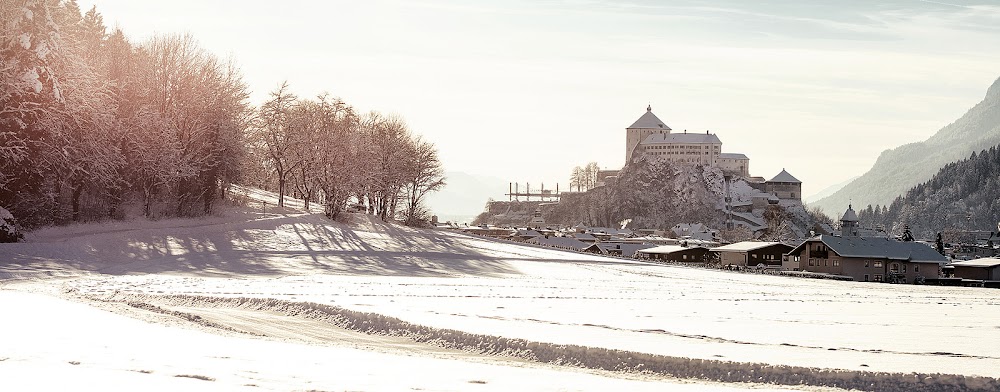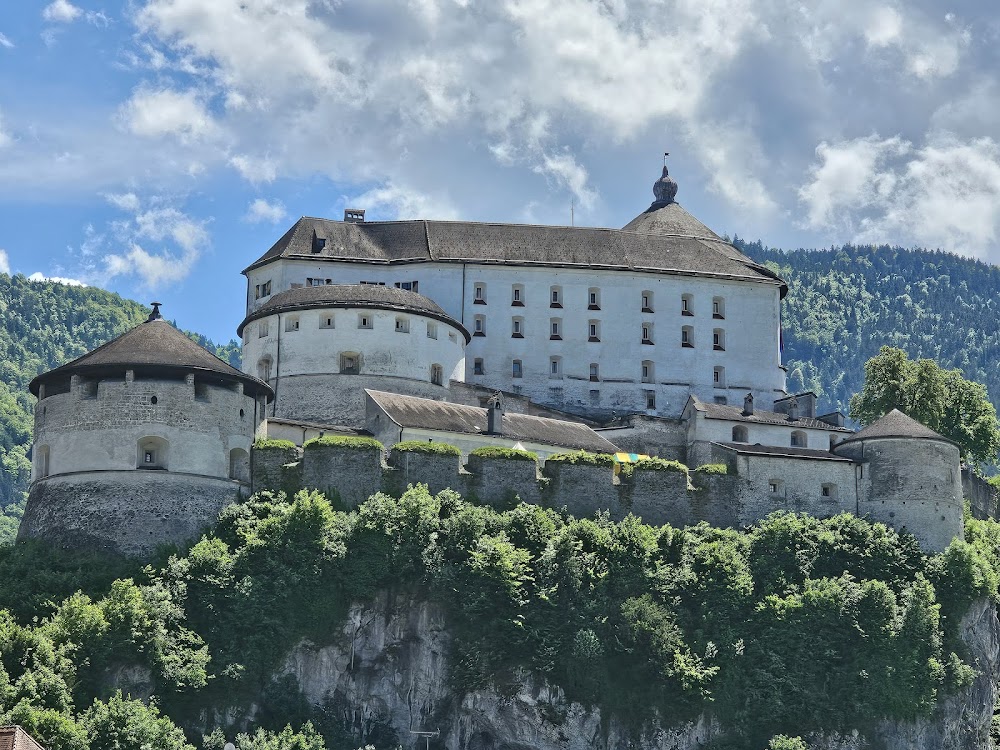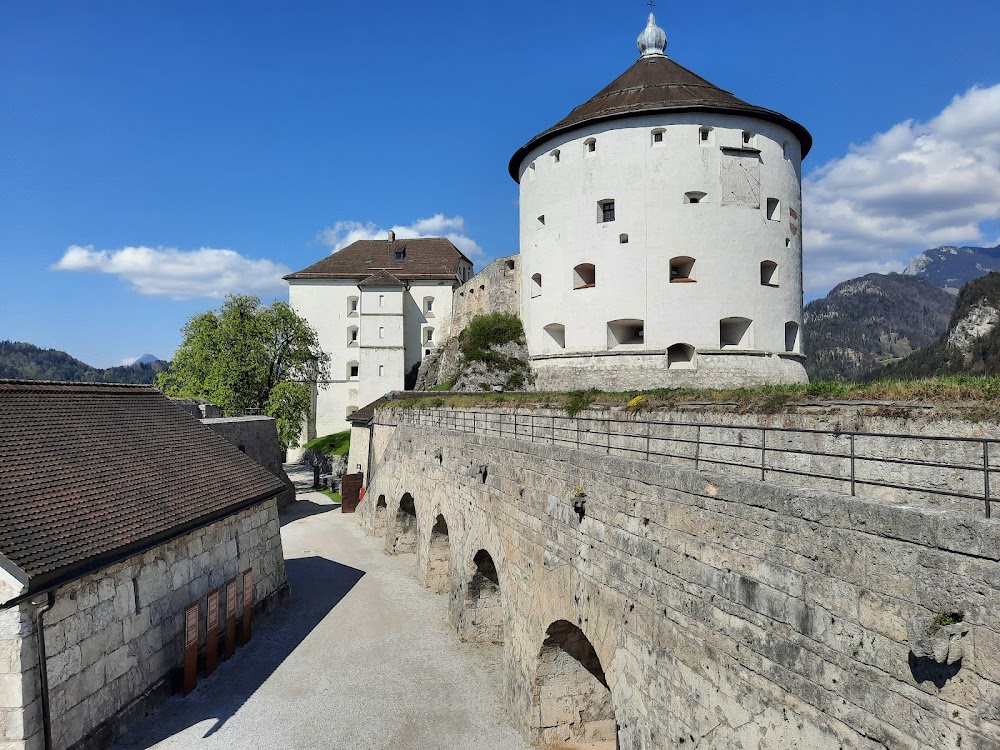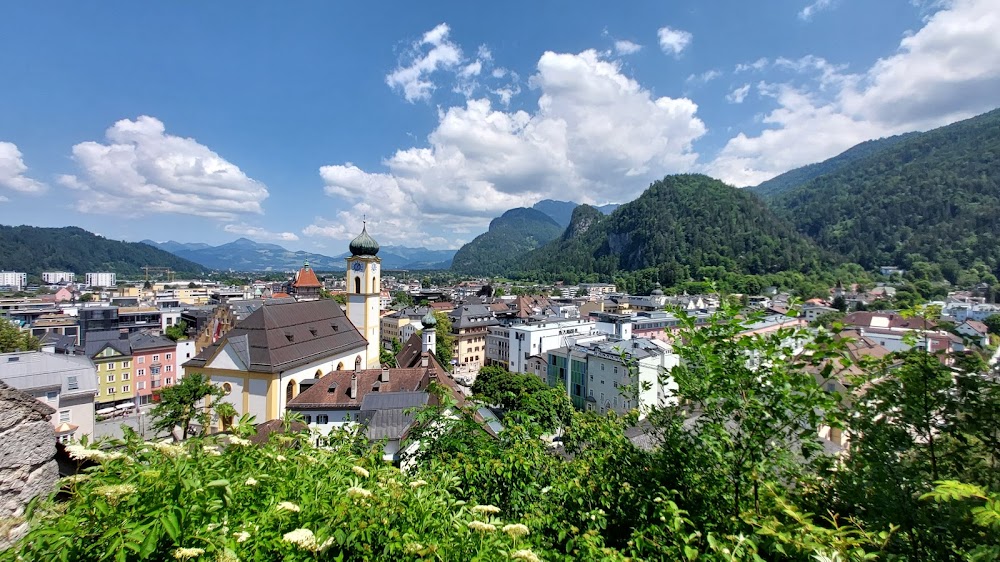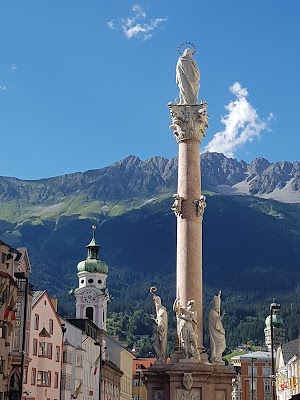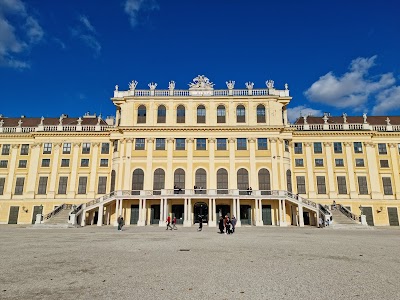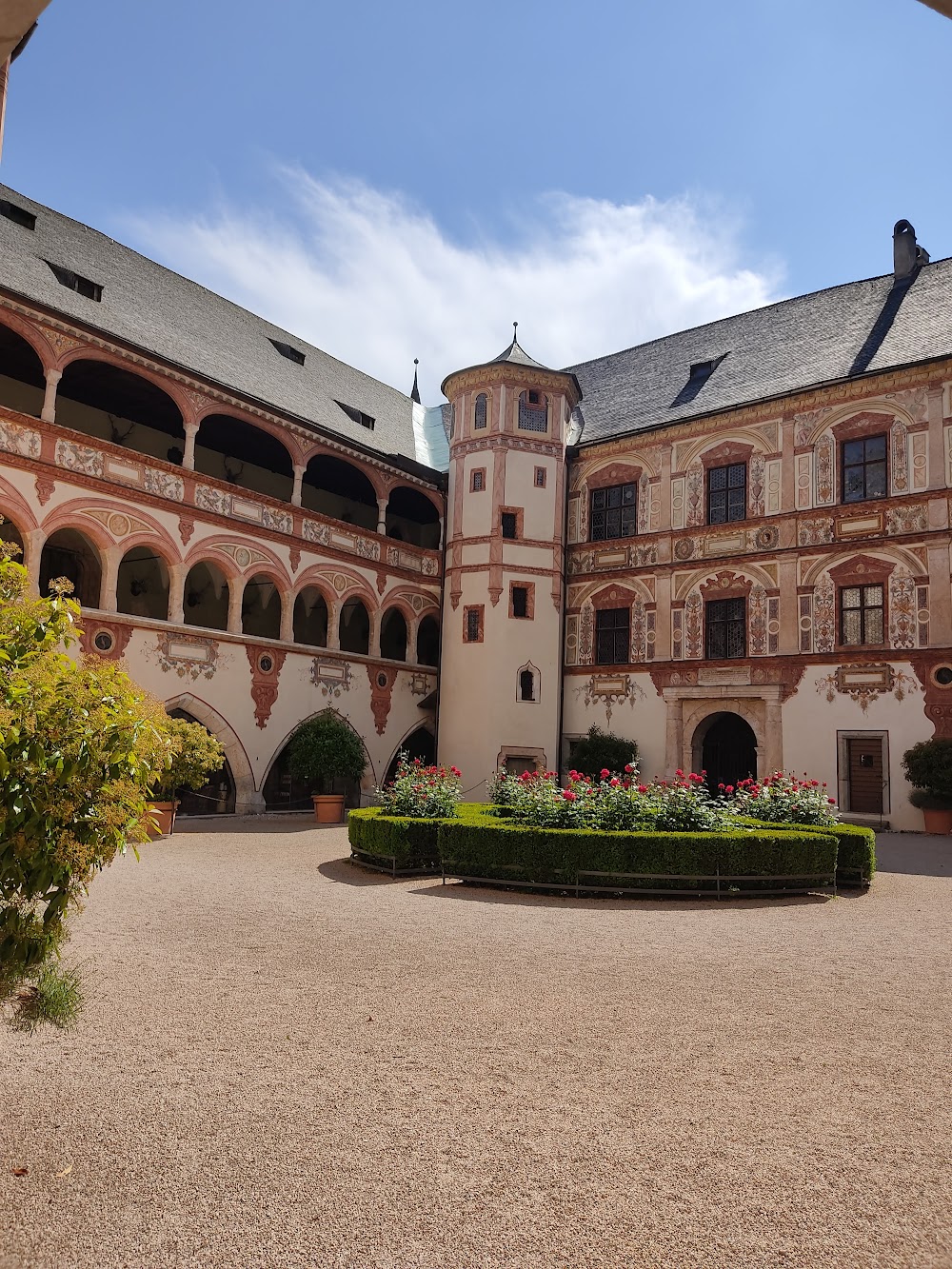Kufstein Fortress (Festung Kufstein)
Overview
Kufstein Fortress, an iconic historical landmark, dominates the skyline of the charming city of Kufstein in the Austrian state of Tyrol. Perched majestically on a hill overlooking the River Inn, this fortress offers breathtaking views of the surrounding landscape, making it a must-visit destination for history buffs and nature lovers alike.
History of Kufstein Fortress
Construction of Kufstein Fortress began in the early 13th century, around 1205, when the Bavarian Duke Louis II established the stronghold as a defensive outpost. This initial fortification was crucial in protecting the region from invading forces during medieval times, setting the stage for its storied past.
Over the centuries, the fortress underwent numerous expansions and modifications, particularly during the 15th century under Duke Sigismund of Tyrol. Sigismund implemented significant upgrades to the fortress's defenses, reinforcing its walls and structures to withstand threats from neighboring regions.
The most notable transformation occurred in the early 16th century under Emperor Maximilian I, who ordered extensive renovations. Among these enhancements was the construction of the striking circular tower, known as the Kaiserturm or Emperor's Tower, which remains one of the fortress's most identifiable features.
Military Significance and Prison History
Throughout the 17th and 18th centuries, Kufstein Fortress played a pivotal role in various military conflicts, frequently changing hands between the Austrians and the Bavarians. Each faction made further improvements and repairs, contributing to the fortress's rich historical character shaped by centuries of conflict.
In the 19th century, the fortress transitioned into a state prison, where it housed political prisoners from diverse backgrounds. The harsh conditions of this fortress-prison made it a dreaded place of incarceration, and some sections still bear the poignant marks and carvings left by former inmates.
A Cultural and Historical Monument
Today, Kufstein Fortress has been transformed into a vibrant cultural and historical monument. Visitors can explore its extensive grounds, which feature well-preserved towers, dungeons, and ramparts. A highlight of any visit is the Heroes' Organ (Heldenorgel), built in 1931. As the largest open-air organ in the world, it fills the air with majestic tones, played daily for the enjoyment of all.
The fortress also hosts various exhibitions and museums that delve into its extensive history and the lives of those who once inhabited it. Seasonal events, medieval festivals, and concerts within its walls attract tourists and history enthusiasts from around the globe, enriching the visitor experience.
A Testament to Tyrolean History
Kufstein Fortress stands as a testament to the region's turbulent past and remarkable architectural ingenuity. Its strategic position and continuous adaptations highlight its significance in Tyrolean and Austrian history, offering visitors a captivating glimpse into the medieval and early modern eras. Whether you're an avid history lover or simply seeking stunning views, Kufstein Fortress promises an unforgettable experience.


